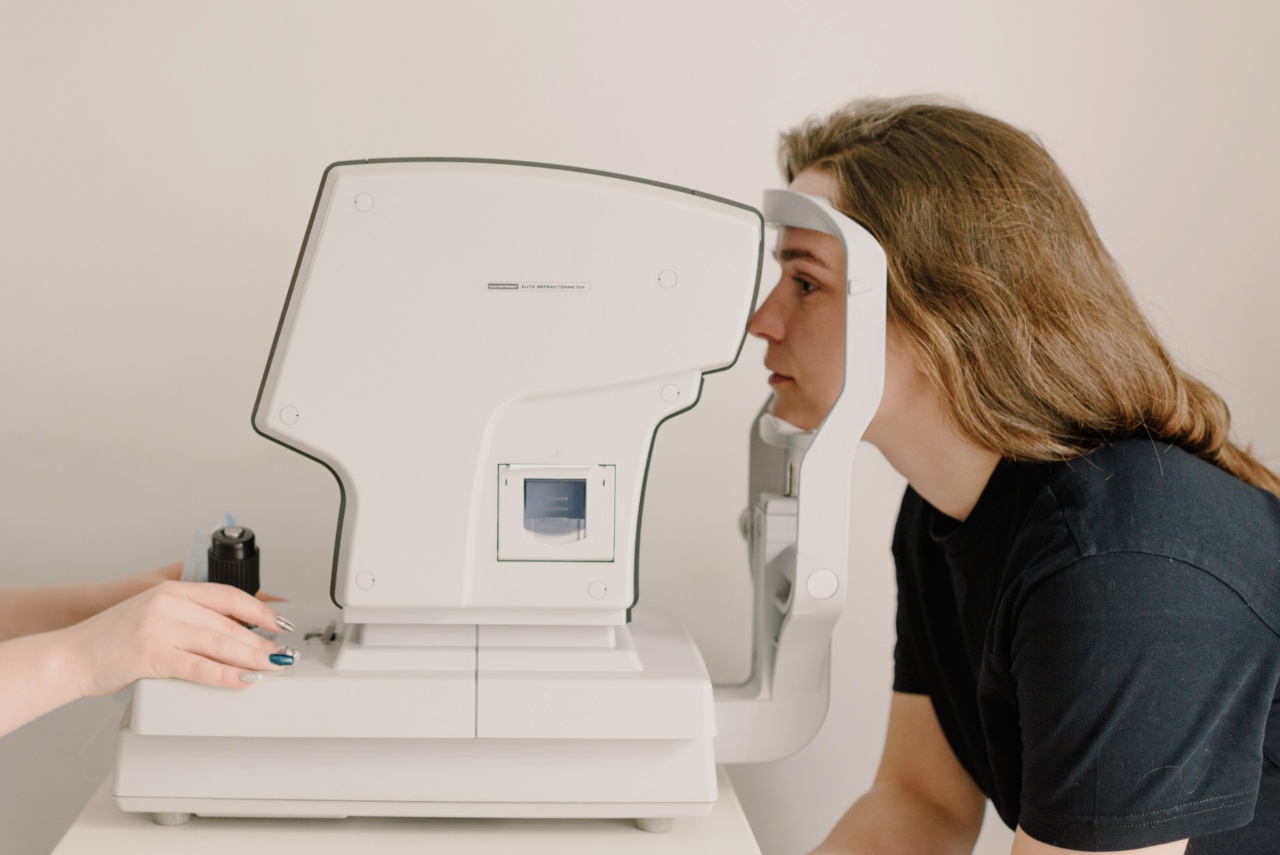Eyes are the window to the soul, but did you know they can also provide insight into mental illness? Eye examinations can reveal signs of various conditions, from depression and anxiety to schizophrenia and bipolar disorder.
In this article, we’ll explore how eye exams can be used as a noninvasive tool for diagnosing mental illness.
What is an eye examination?
An eye examination is a series of tests that evaluates the function and structure of the eyes. It typically involves a variety of assessments, including vision acuity, color vision, and eye movement.
Eye exams can also assess other aspects of eye health, such as the presence of cataracts or glaucoma.
Signs of mental illness revealed in eye exams
Eye exams can also reveal signs of mental illness, as specific conditions can have impacts on the eyes. For example:.
- Depression: People with depression often have decreased pupil size and a reduced ability to recognize facial expressions.
- Anxiety: Eye exams can reveal dilation of the pupils, increased eye movements, and clear signs of stress in the ocular area.
- Schizophrenia: People with schizophrenia often have difficulty tracking objects with their eyes, and eye abnormalities indicating a breakdown in visual processing.
- Bipolar disorder: People with bipolar disorder often have increased retinal sensitivity, increased visual acuity, and experience visual hallucinations.
How eye exams can aid in diagnosis
Eye exams can provide valuable information that helps mental health professionals make accurate diagnoses.
Along with other clinical assessments (such as interviews and symptom questionnaires), eye exams can help to confirm or rule out a potential diagnosis. Eye exams can be particularly helpful when other tests (such as neurological exams or brain scans) are invasive or expensive.
Limitations of eye examinations
While eye exams can be helpful in diagnosing mental illness, they are not a standalone tool and should be used alongside other assessments. There is also the potential for errors or inconsistencies in test results.
Additionally, not all mental illnesses have ocular symptoms, so eye exams may not be useful in the diagnosis of all conditions.
Conclusion
The eyes provide a wealth of information about a person’s health, including their mental state. Eye exams can be a noninvasive and cost-effective tool for diagnosing mental illness, providing valuable insights for mental health professionals.
However, they should be used in conjunction with other assessments and are not a standalone diagnosis tool.






























